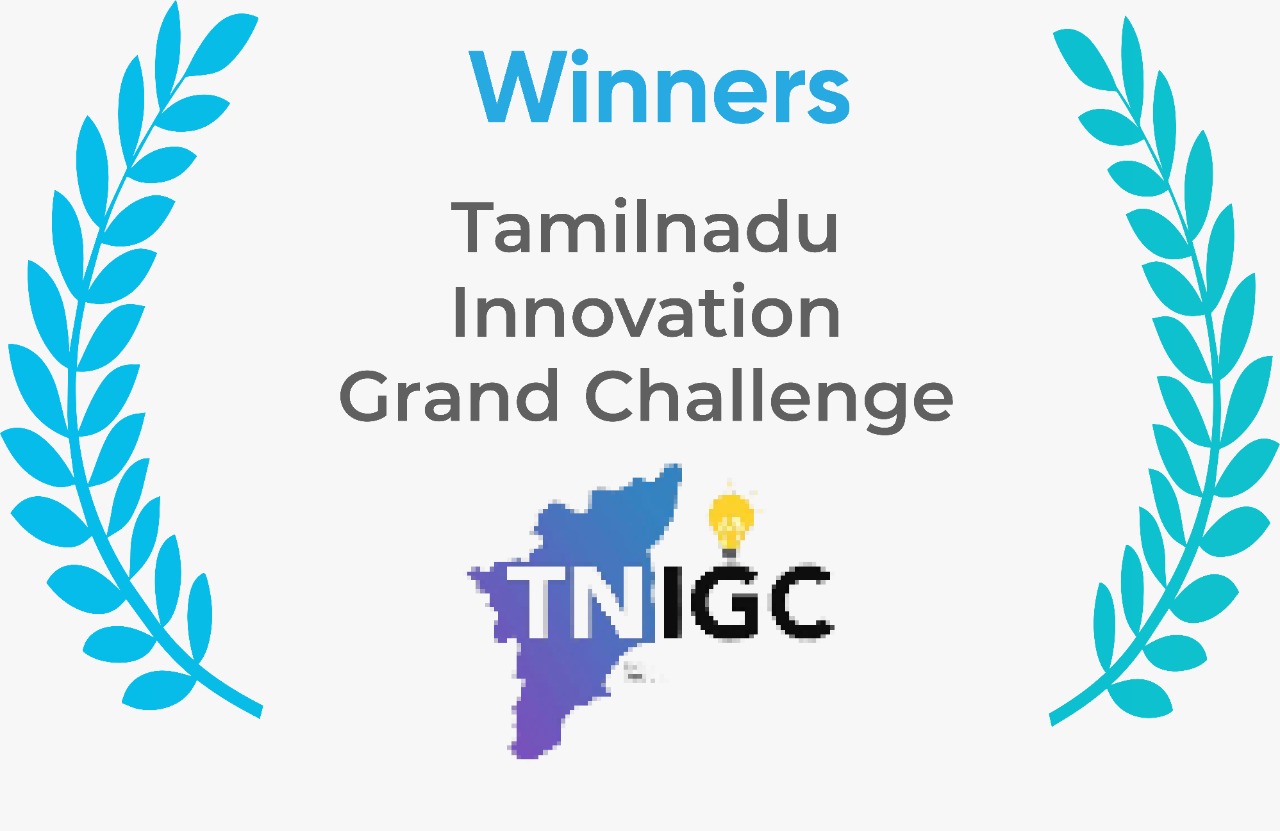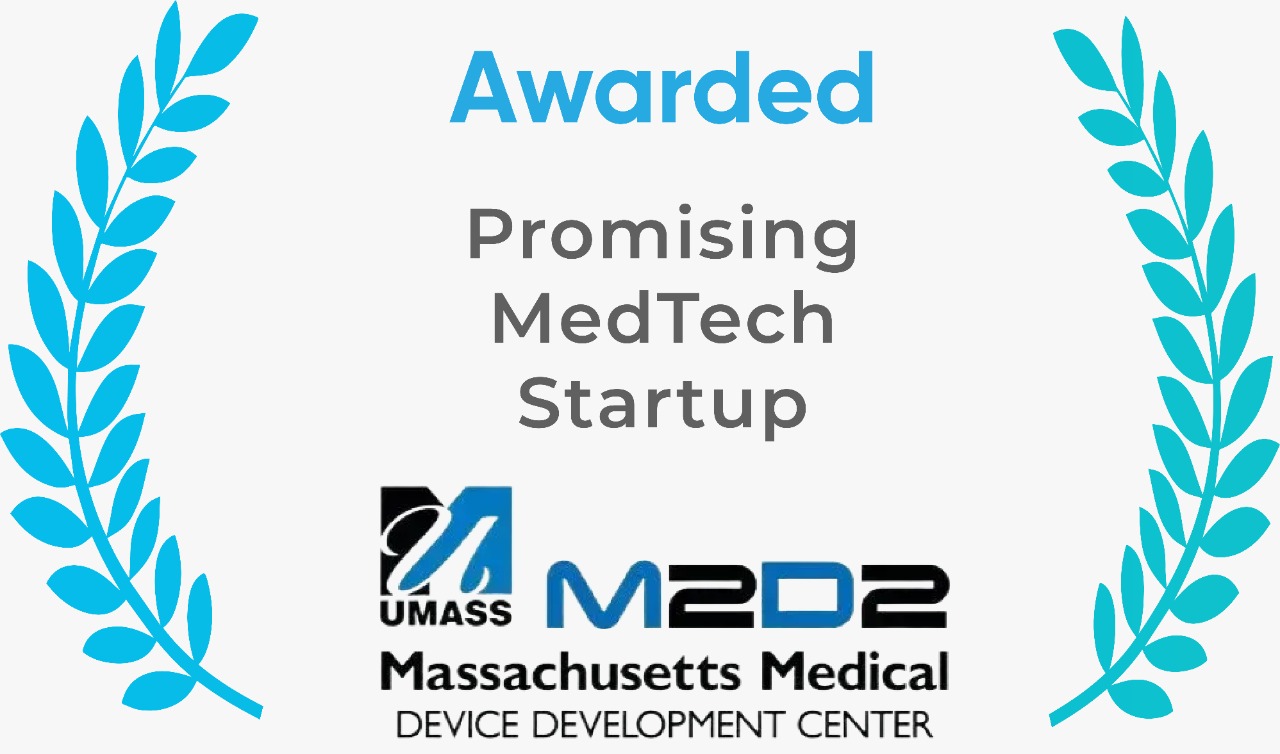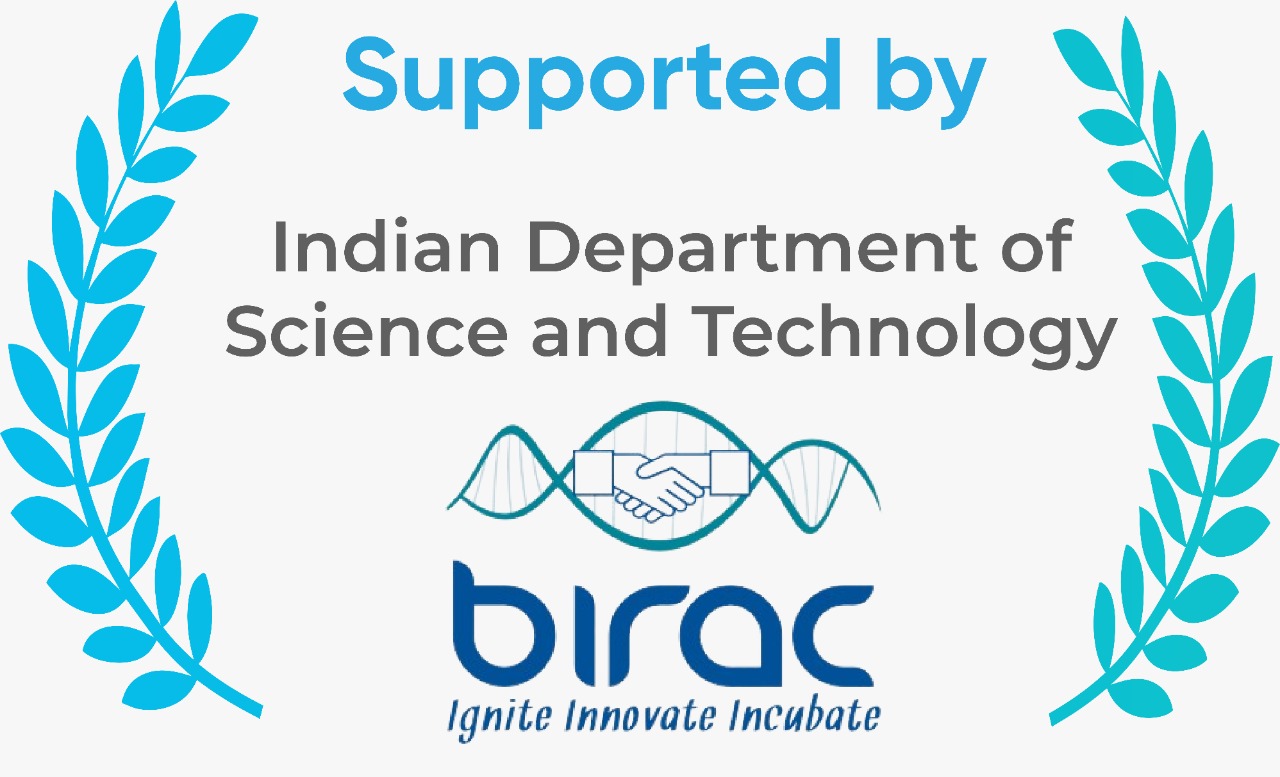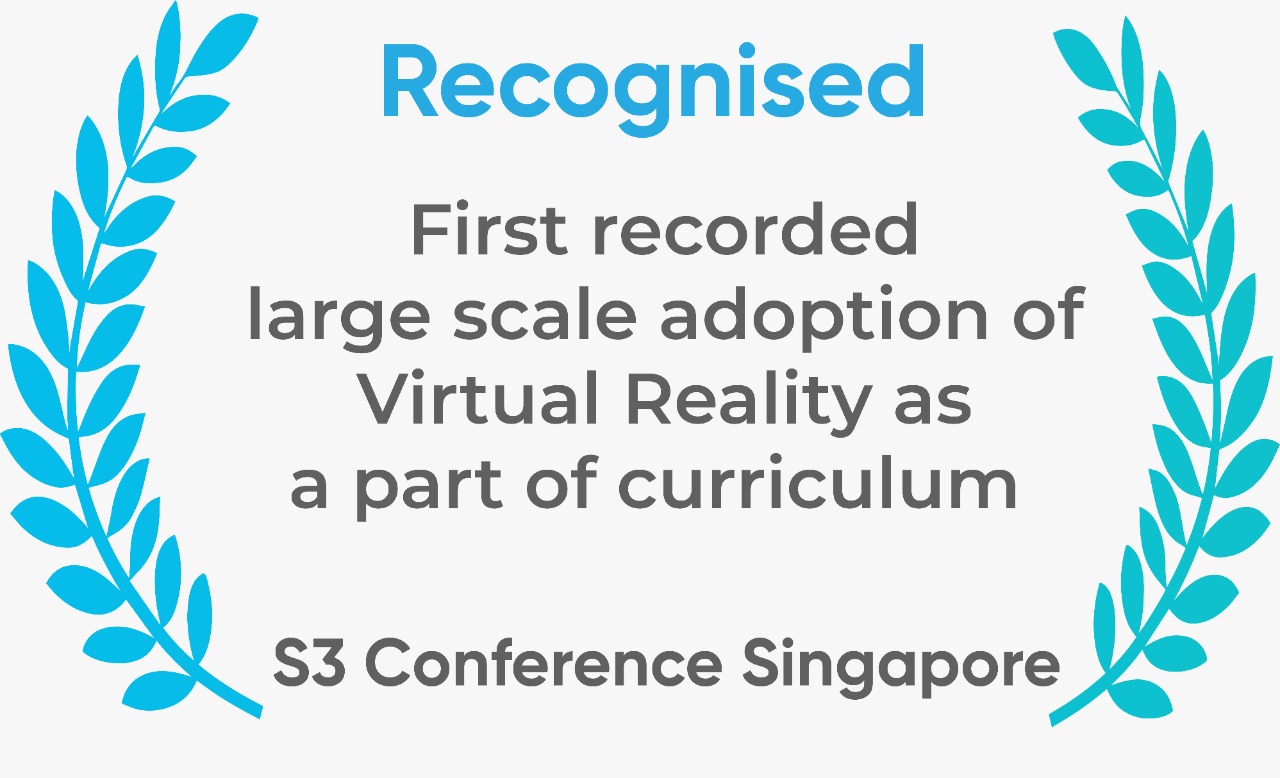How Virtual Reality is Changing Medical Training
The introduction of Virtual reality (VR) in the healthcare field is transforming the landscape of medical training, through its immersive and interactive experiences. The technology has been gaining traction in recent years due to its ability to simulate real-life scenarios and provide hands-on training without the risk of harming a real patient, empowering medical students and professionals in their practice.
One of the first, significant advantages of VR in medical training is its ability to provide a safe and controlled environment for medical students to learn and practice procedures. Medical procedures can be complex and dangerous, and making errors can lead to serious consequences. With VR, various scenarios and procedures can be virtually simulated, allowing medical students to gain practical experience without the looming risk of harming a real patient. This not only improves skill and confidence but also ensures that the students are better prepared for real-life situations.
VR also gives students the opportunity to explore subject areas such as human anatomy in an interactive and immersive way. Using vibrant graphics and auditory guidance, students can use VR to view and interact with 3D models of the human body. By allowing them to study the structure and function of different organs and systems, their understanding of the human anatomy is enhanced, helping them identify potential medical conditions and develop effective treatment plans.
Another advantage of VR in medical training is the feature of providing instant feedback. In traditional medical training, feedback is usually provided after the completion of a procedure or scenario. With VR, feedback can be presented in real-time, allowing medical students to make adjustments and improve their performance immediately. This leads to more efficient learning and better outcomes for patients.
Additionally, VR has the potential to democratize medical training by making it more accessible and affordable. Medical training can be expensive and time-consuming, limiting access to those who can afford it or have the time to attend traditional training centres. With VR, medical students can have access to high-quality training from anywhere in the world, making medical training more accessible to a wider range of people.
Virtual reality is changing the way medical training is accessed, delivered, and assessed, providing a more immersive and collaborative experience for medical students and practitioners. It facilitates medical students’ learning and practice of procedures in a safe and controlled environment, the exploration of human anatomy in an interactive way, receiving instant feedback, and makes medical training more accessible and affordable. With the continued development of VR in the field of medicine, we can expect to see a growing host of innovative applications of this technology, ultimately leading to better healthcare outcomes for all.





